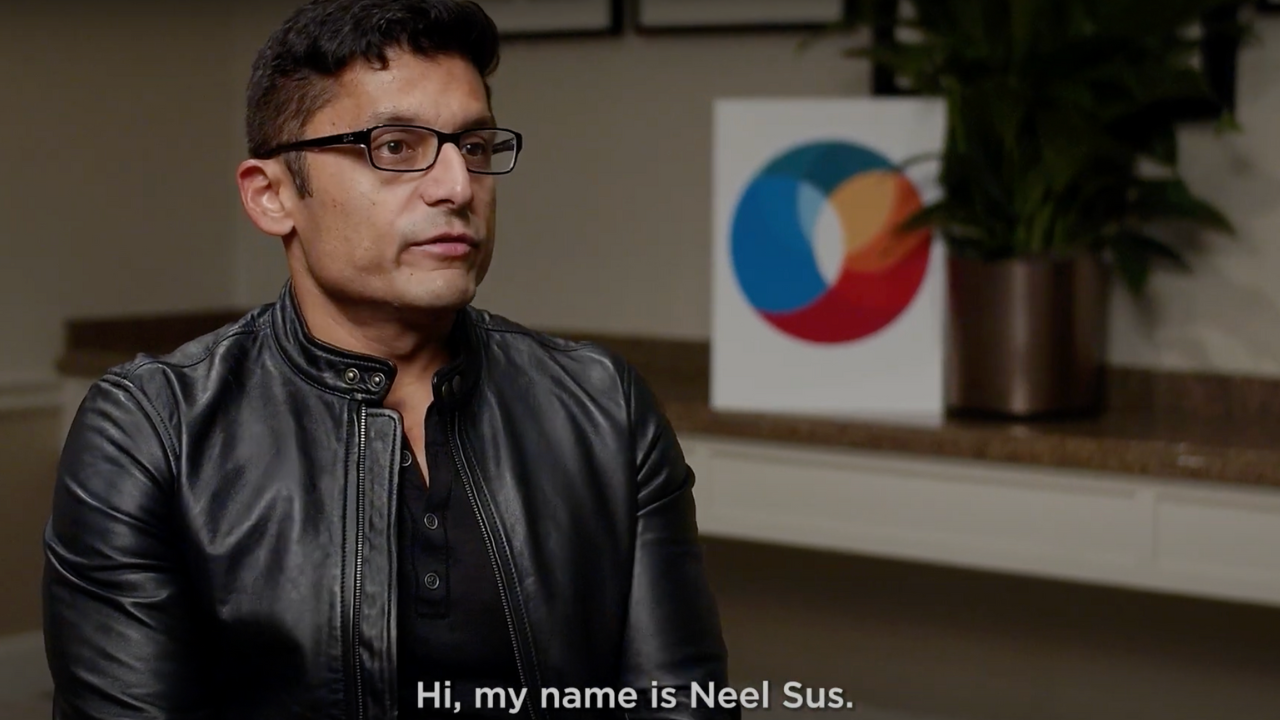We’re all aspiring leaders. No matter our age or position, we all have big contributions to make, but frequently our best ideas don’t fit tidily into a job description. Maybe you’re wanting to do more to influence others, drive positive change, or take on greater challenges. However, no one has placed you in official leadership.
What to do? We can’t just hop on a chair and start a revolution. As emerging leaders, we have to respect the existing boundaries of our company while still testing the limits.
You know the phrase “It doesn’t take a title to be a leader,” but how can you translate your vision into lasting impact without holding a top managerial or leadership role?
The intent of this worksheet is to begin answering that question. Use the following questions to put pen to paper (or thoughts to screen) and guide you on your journey of inspiring and influencing change.
1. Connect to Values
Passion and skill are key to accomplishing important work. First, you must connect your planned efforts to your desire. This will establish clarity on exactly what is fueling you to show up as a leader. The initial step to making waves is reflection: Why you?
- Why are you here? Why do you care about this company, this job, this initiative?
- What is personally important about this change to you?
- How does it reflect your values, your passion, YOU?
- What makes you the best person to take this on?
- What unique strengths do you bring to the table that are assets to this business or effort?
2. Connect to Context
Now that you’re inspired, beware of jumping in too quickly. You’ll need to carefully balance reflection, strategy AND action to ensure that your changes are sustainable and lasting. You don’t want just any movement—you want movement forward. And to do that, you need to have a solid plan. Begin by understanding the context of your ideas so that a blueprint for action can emerge.
- Who has a vested interest in this project?
- How do your changes affect people, and how are you going to meet their needs when proposing these changes?
- Who has power or incentive to block what you’re proposing? How do you get them on your team?
- How do you build trust with stakeholders and share your vision in an appealing manner?
3. Connect to People
Humans are the sum of our experience, environment and inputs; these components were created with the involvement of other people. We aren’t capable of building anything alone, nor should we try! To have a meaningful impact, you’ll need to build a strong team and utilize the various skills of everyone involved. This team will give you the best chance of succeeding.
- Who else cares about this work, complements your strengths, and can assist with the vision?
- Who has done this before and could advise you?
- Who else should be involved?
4. Connect to Action
It takes a special kind of grit (courage and resolution) to turn talk into action. For that, you’ll need to create sustained momentum.
- What do you envision the long-term change to be? What does your improved world look like?
- What long-term strategies do you need to put in place for this work?
- What are the short-term goals?
- What is the immediate next action I can take today to move me towards my vision?
Now you’re beautifully positioned to create something meaningful, to make a splash. How do you accomplish this while still respecting those in positions of authority?
5. Consider You
True leadership starts with self-leadership. Before trying to solve the challenge for everyone, solve it for yourself!
Doing this will establish your credibility and experience so that more people trust you with bigger responsibilities.
- What’s the smallest possible thing you can do to solve this challenge for yourself personally?
- How can you show off this solution within your current circle of influence?
6. Care About Politics
Politics in business gets a bad rap. People will grumble, He got the position because he knew someone.
While skill is an important qualification, relationships and the strength of them do and should play a part. When you “know someone,” that’s one way of saying you’ve built trust with them. Those people are now willing to vouch for your good intentions and capability to get the job done.
If you want to make a difference, invest in the people around you. You’ll need that respect in order to serve.
- How can you help others trust your intentions more?
- How can you help others trust your capabilities more?
- Who do you need to know? Who needs to know you?
The best leaders will be rewarded by the change they make, and their fulfillment will come not from the praise they receive but from the satisfaction of the lives they’ve impacted. As Lao Tzu says, “When the best leader’s work is done, the people say: we did it ourselves.”
7. Create the Sell
To be truly effective, you’ll need the sponsorship of those in authority, so share your vision and intentions with them while also connecting it to a purpose they care about.
- What are those in authority hoping to accomplish, and how does this vision help them get there?
- How does this new reality (you wish to design TOGETHER) move them towards their desired outcomes?
- What do you need from them? How can they support you?
Now that you have direction for this important work, a final recommendation:
Care deeply about the successful outcome of the vision, but relinquish the need for the associated accolades, as you’ll have the best chance of success when others get involved and feel recognized for their efforts.
Here’s to you, as you make big waves while honoring the current structures. As you do, change becomes less of a tsunami and more like the shifting of sands. You get to create something permanent and beautiful—with thoughtful, sustained shifts over time.




